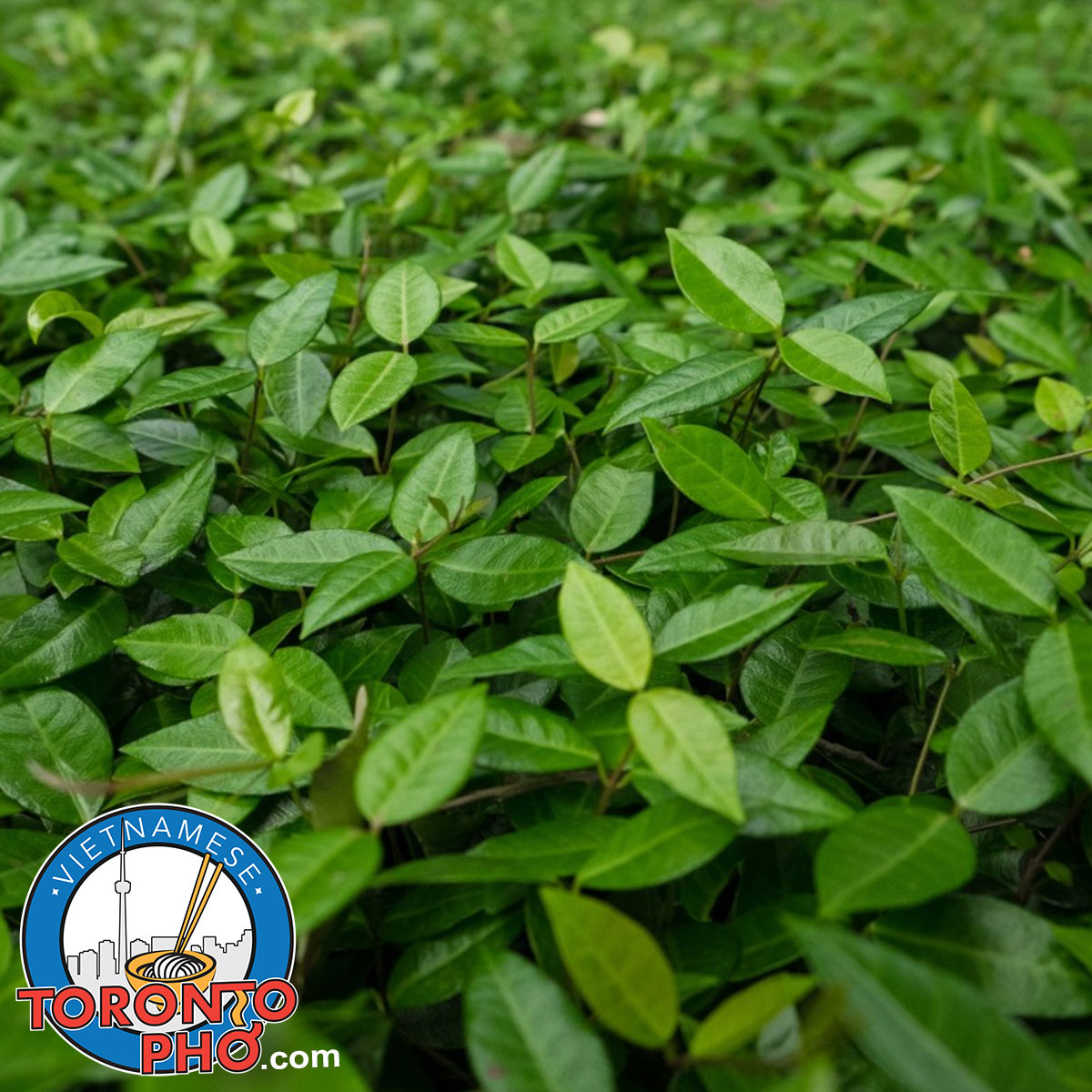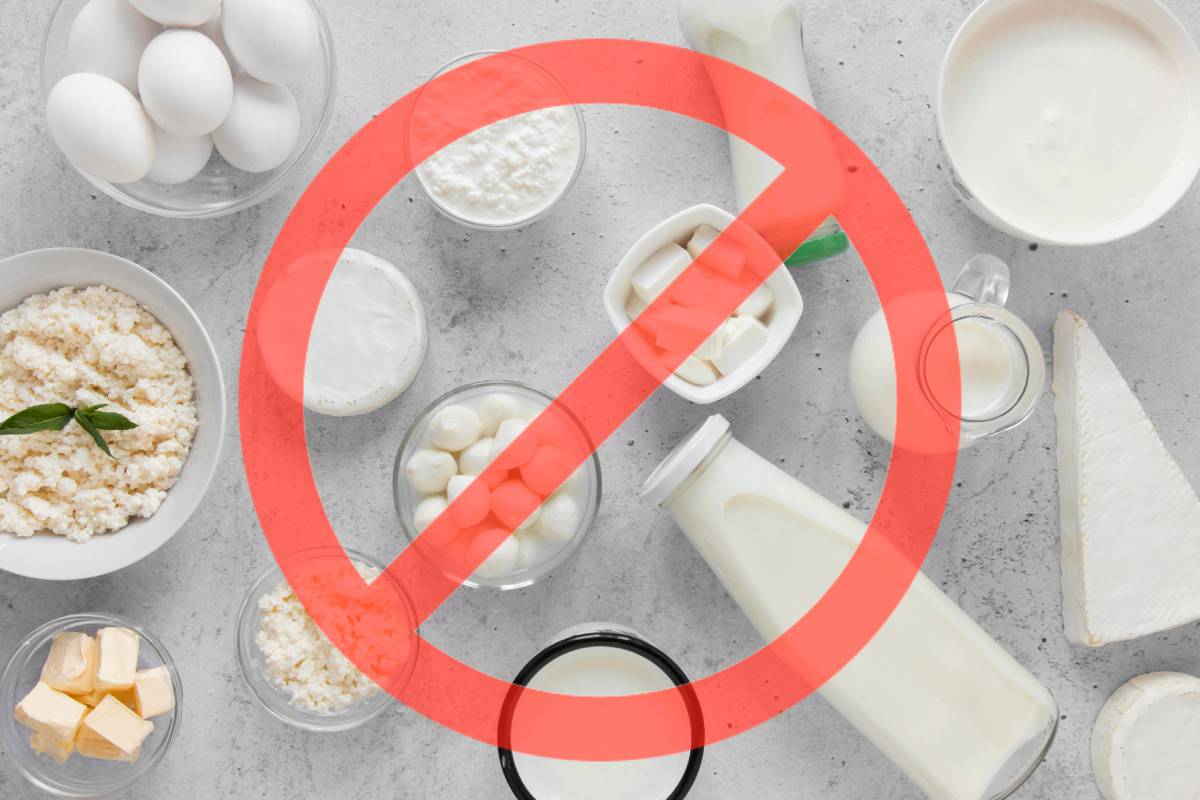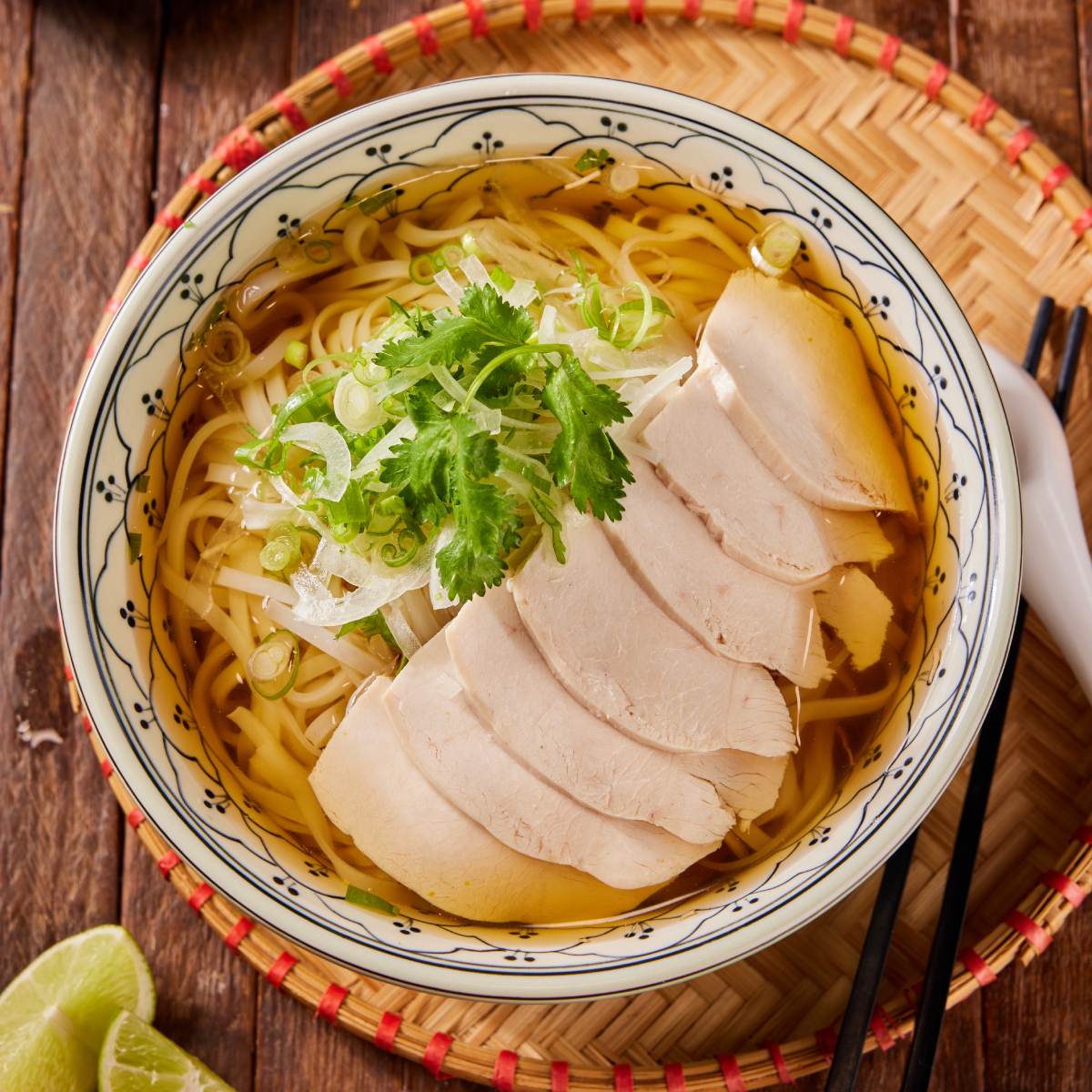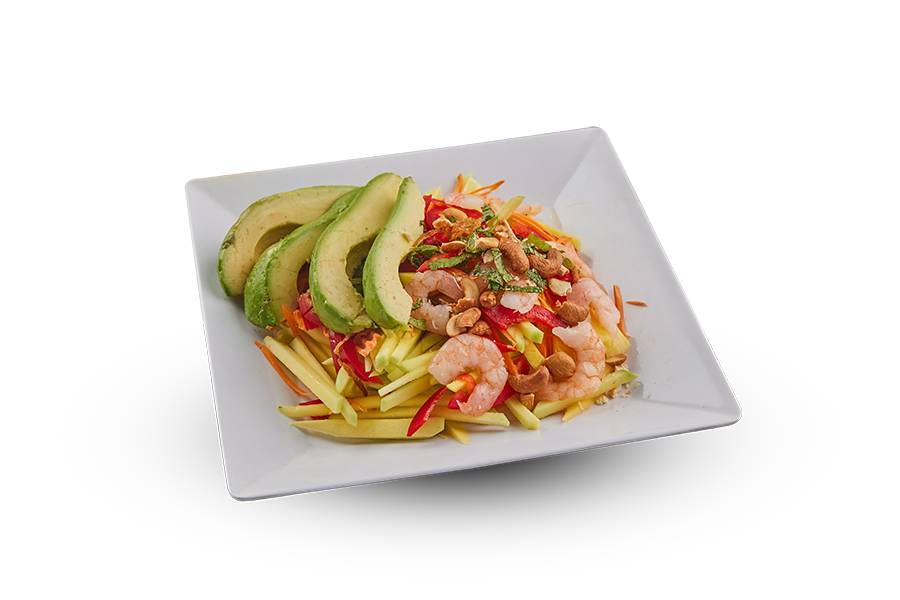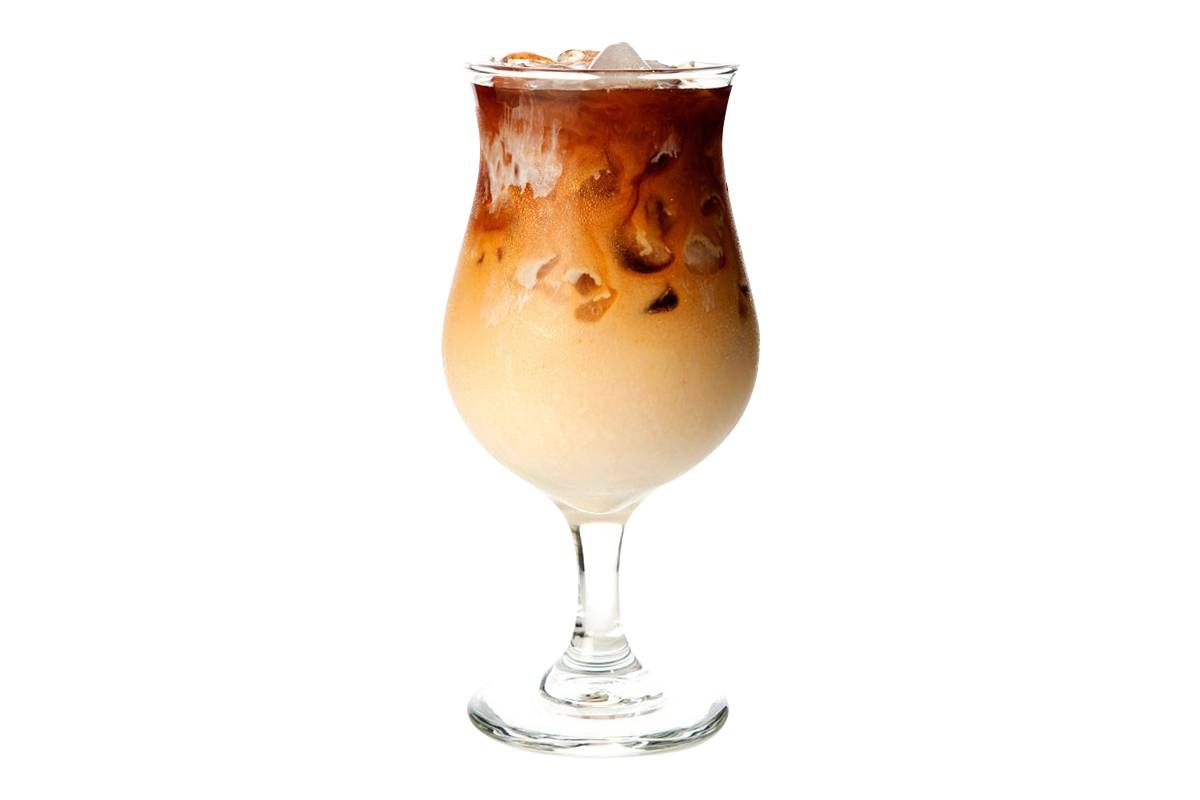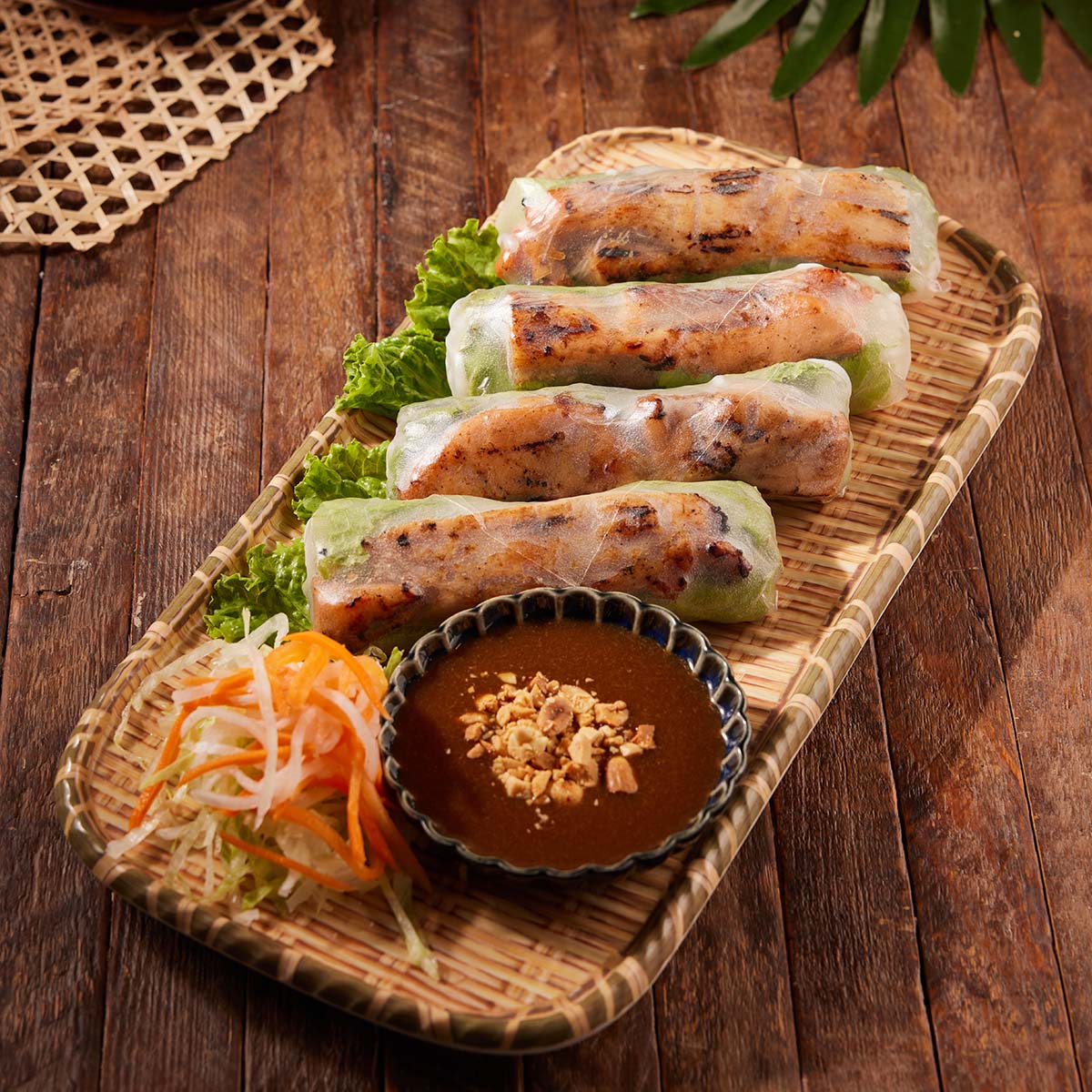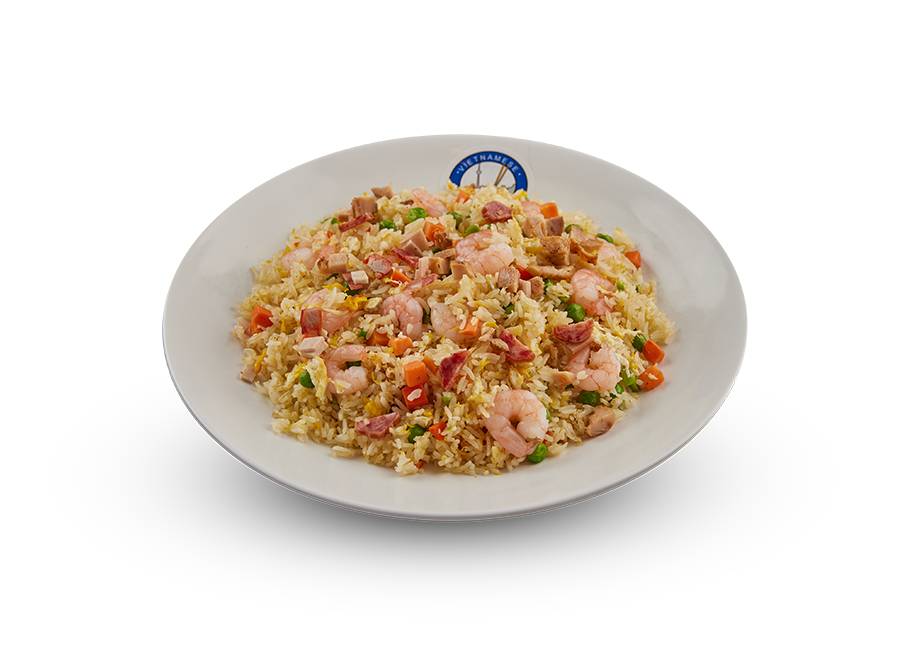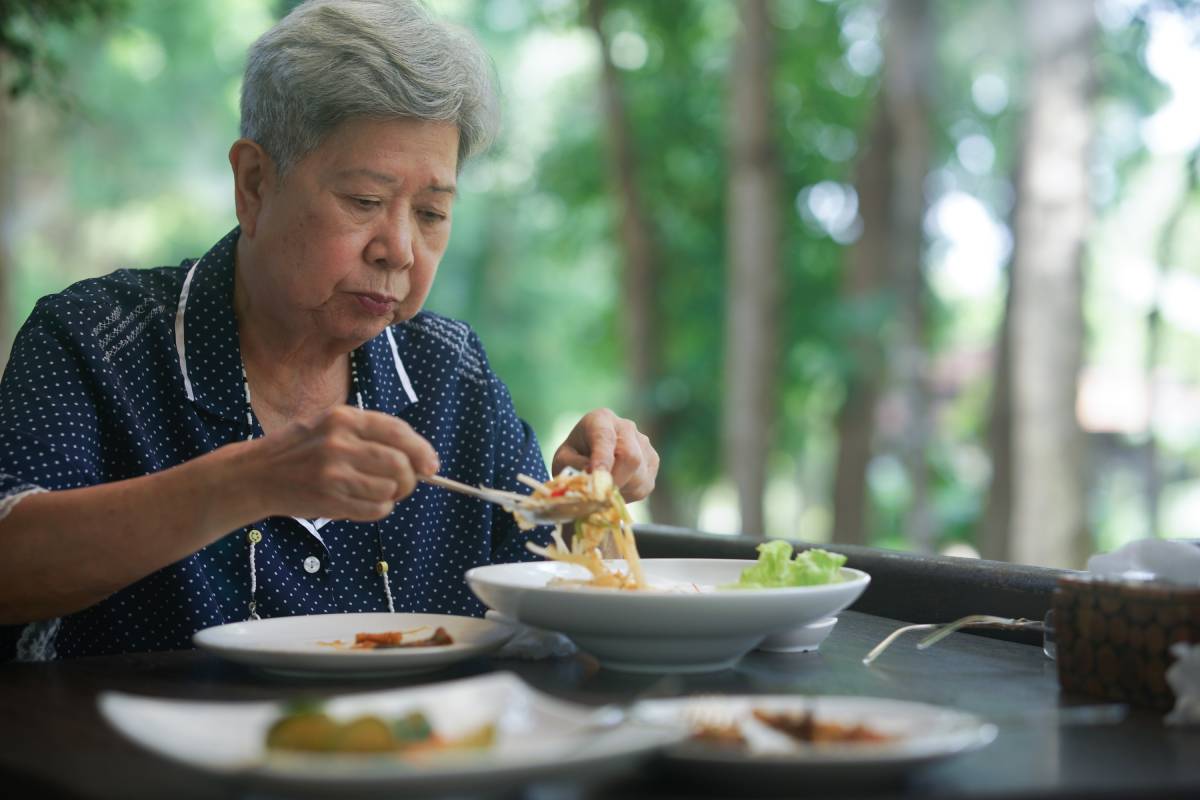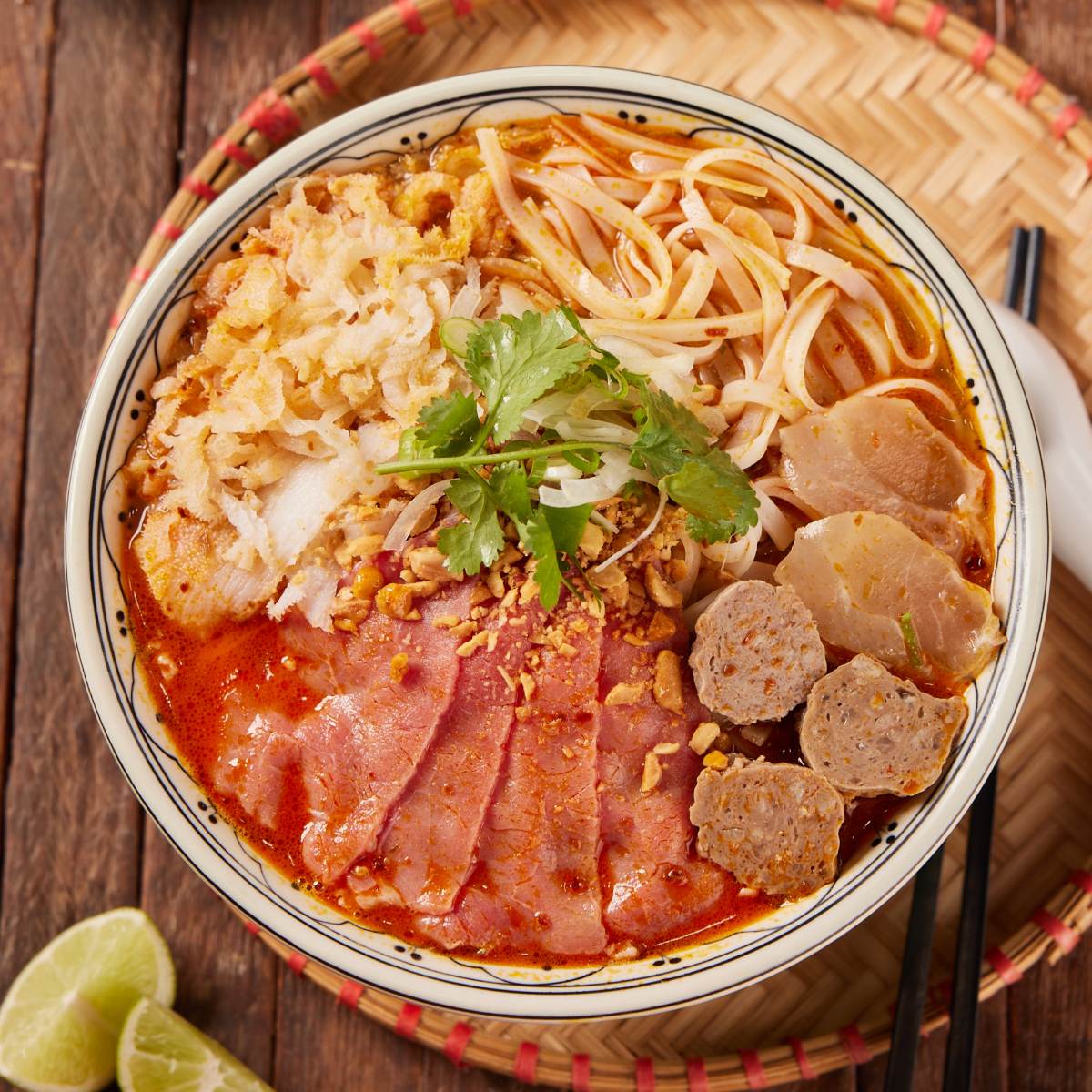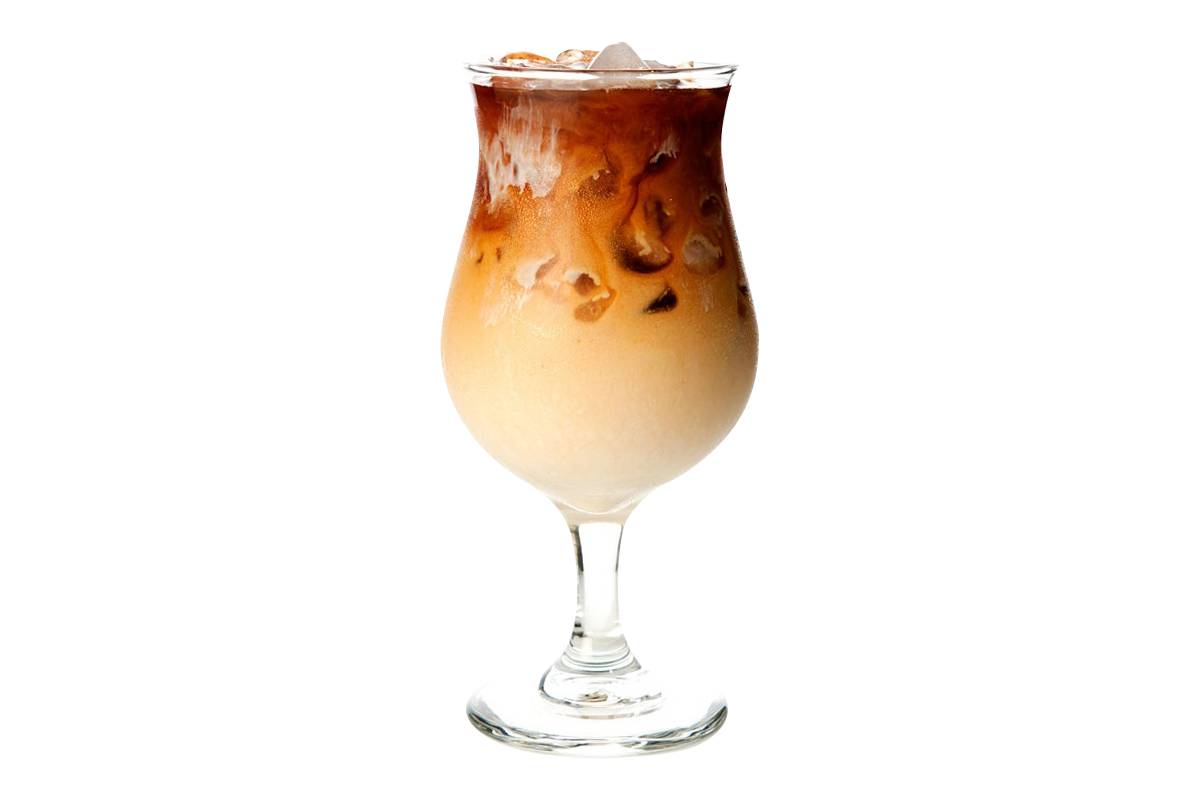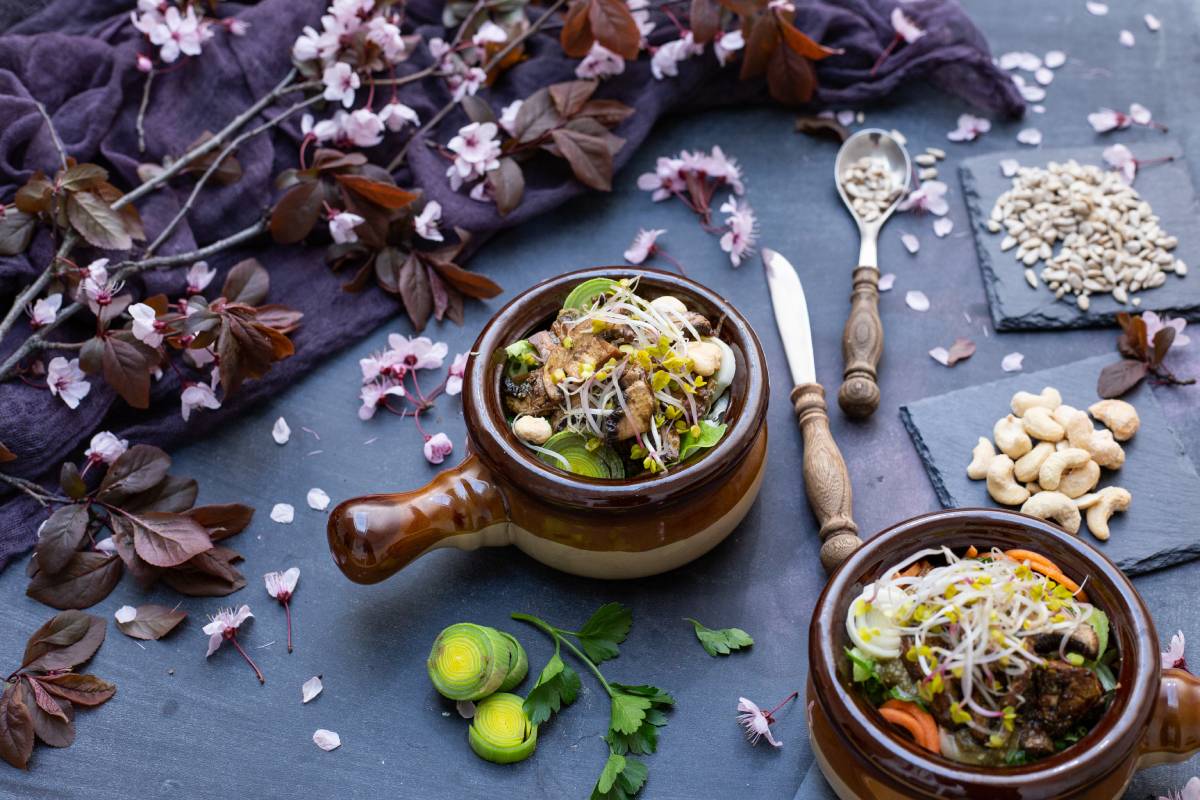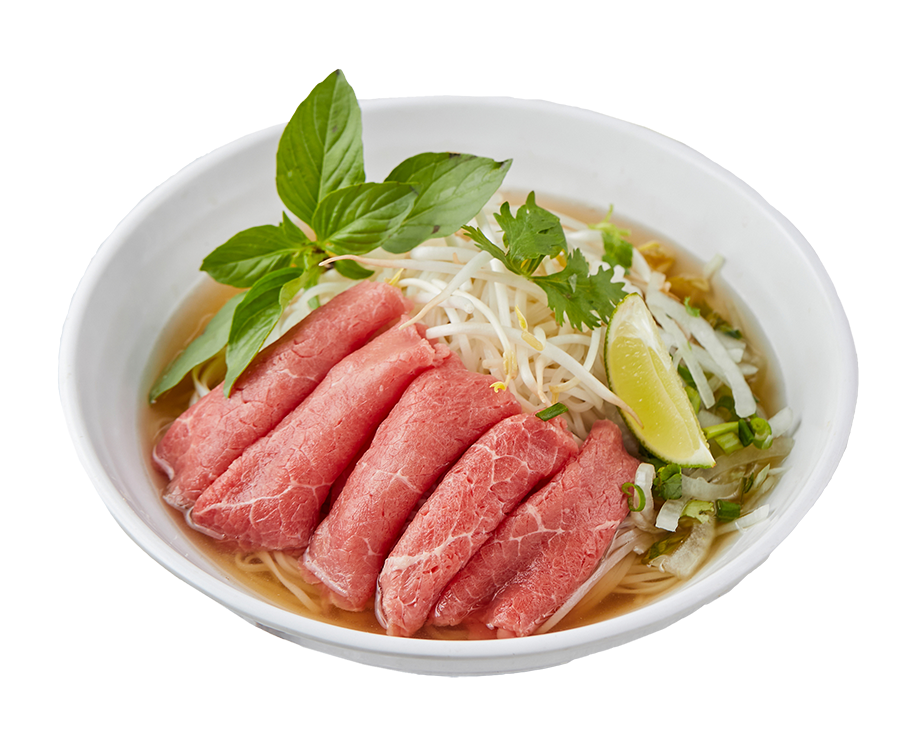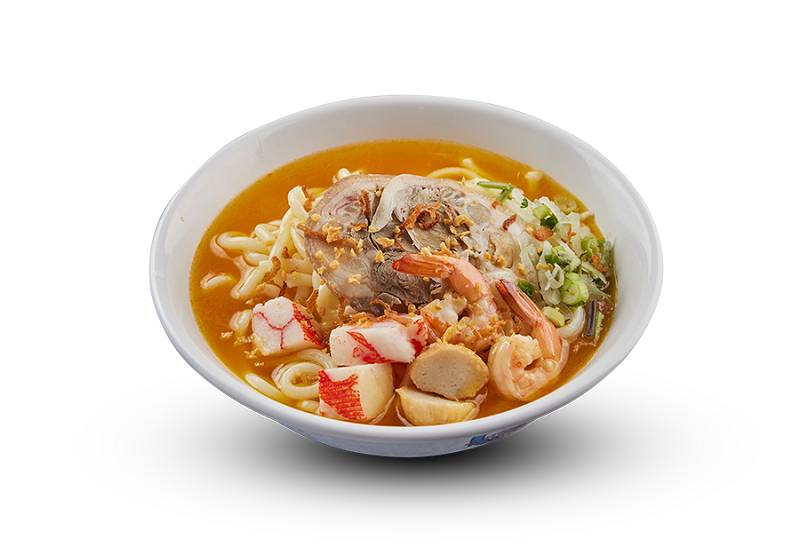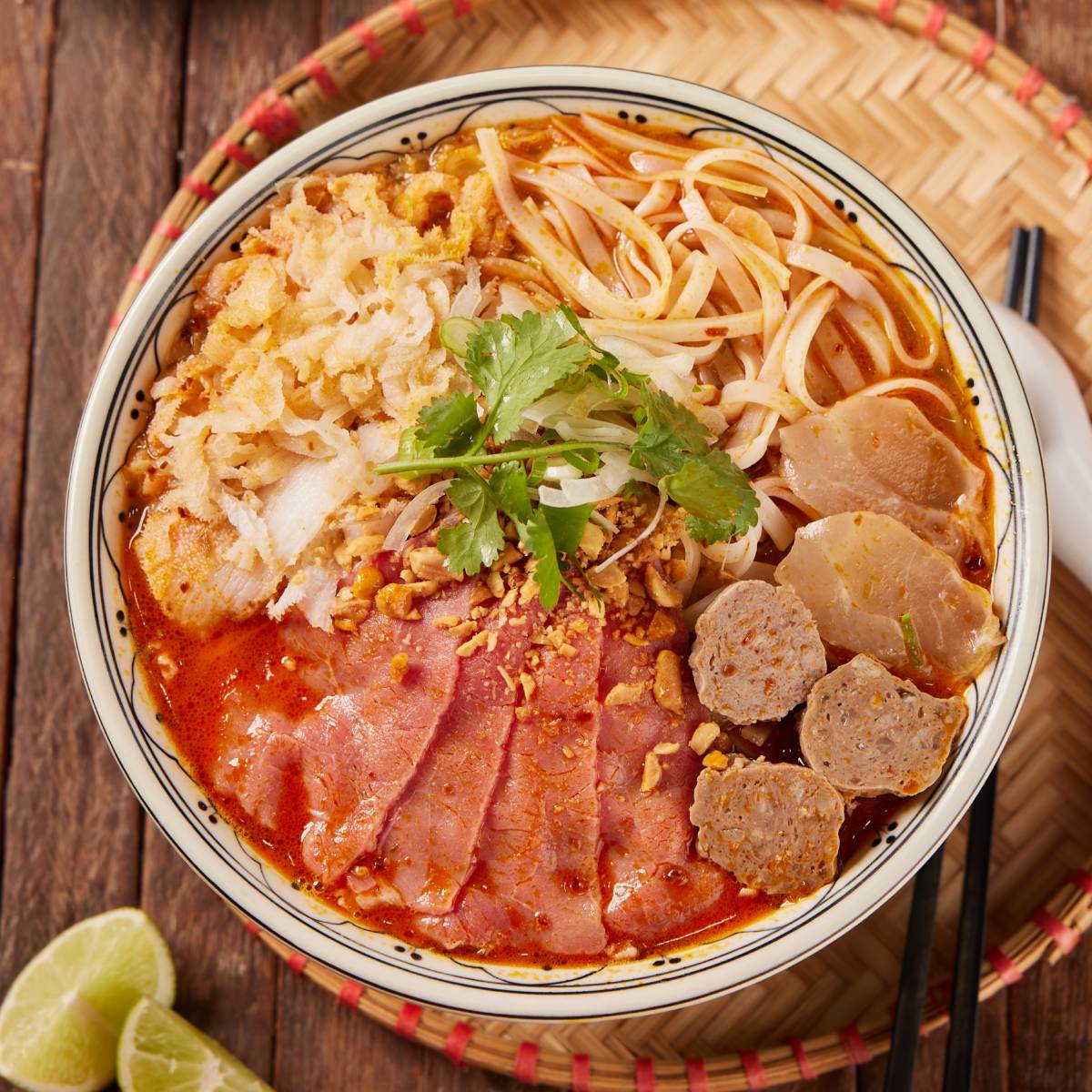Coriander’s medicinal properties
The coriander plant has been used as a traditional remedy for various ailments for centuries. Coriander seeds are used to treat various digestive complaints i.e indigestion, nausea, or dysentery. The leaves themselves can be used to stimulate appetite and also assist indigestion. All in all, coriander’s a very diverse plant not only in its use medicinally but also in the distinct flavours contained in each part. The seeds are a curry-like spice, the leaves are unique and is what’s used most commonly in Vietnamese, and the roots themselves have a deep, intense flavour.
Resolving digestion issues and problems
Coriander seeds, like some other types of seeds, are high in fiber and a lot of digestion-friendly properties. In folk medicine though it’s also used to treat other things, it’s mainly used to settle digestion. Think flatulence, dysentery, diarrhea, jaundice, vomiting, and general stomach complaints. Coriander is believed to be a diaphoretic, diuretic, carminative, and stimulant, throughout centuries of application in cultures around the world. In Vietnamese cooking, coriander’s used more for taste, nutrition, and balance but in other folk cultures around the world, there’s far more emphasis on these medicinal properties and others.
Coriander’s other benefits
Health benefits of coriander other than its taste, aroma, and in digestion include its use as a moderate analgesic. In fact, in traditional medicine, coriander’s been used as an anti-inflammatory and to treat arthritis. In scientific study, there’s proof established that coriander boasts some anti-inflammatory benefits and has the potential to increase pain tolerance in some. In traditional Iranian medicine, coriander has also been used to treat convulsions, anxiety, and insomnia. Some have also assigned coriander properties of it being antiseptic, antimicrobial, and as a healing agent for wounds in the mouth.
Coriander leaves
Coriander leaves are oftentimes referred to as ‘fresh coriander’, ‘Chinese parsley’ or in Canada as ‘cilantro’. Coriander leaves and cilantro are the same thing. In Vietnamese cuisine, the leaves are most common in salads or a South Asian chutney. As a garnish, they are a go-to. They can oftentimes be added to a Vietnamese pho or similar soup-esque dish. Coriander leaves are flavorful when eaten raw. Cooking diminishes their flavor so this is why on almost every meal, they’re the last thing to be added and on top of everything else. They also almost have to be eaten quickly once plucked from the plant because they spoil.
Coriander seeds
Coriander seeds, sometimes recognized as ‘dried coriander fruit’, are used predominantly crushed as a spice. They give off a lemon-esque citrus flavor, that some people describe as orange or nutty. When one roasts or heats the seeds in ground form, it intensities the flavours already there. They are commonly combined with cumin in Indian curries, contributing not only taste but helping to thicken the mix. When roasted wholly, they can also be eaten as a snack. Coriander seeds can also be used to pickle vegetables, in sausages, and as an ingredient in rye bread. Here’s another fun fact – ground coriander seeds was one of the original ingredients in Coca-Cola’s original recipe.
Coriander roots
Coriander roots is where you will find the most intense flavor. This is the part of coriander many Asian cuisines will pull from to add to soups or pastes, including gin Vietnamese. That said, coriander leaves are equally common.
The nutrition of coriander
In Vietnamese cooking, a lot of what is made is centered on achieving a balanced meal. Coriander in Vietnamese cuisine is used because of its high nutritional content, with a richness in vitamin A, vitamin C, vitamin K, and some fiber. The leaves on the coriander plant are largely considered the healthiest part of the plant. The seeds lack vitamin content but they do maintain high content in dietary fiber, calcium, selenium, iron, magnesium, and manganese.
Why ‘Vietnamese coriander’ is different from ‘coriander’
This article is discussing coriander as in cilantro, not Vietnamese coriander which has leaves of a similar odor and flavor. Vietnamese coriander is different from coriander as the plant is not a Lamiaceae which means it is not a mint plant. Although a lot of its characteristics mimic that of mint, Vietnamese coriander actually belongs to Polygonaceae which means it is a buckwheat, smartweed, or pinkweed plant. When cooking, these two types of coriander are sometimes included together or used as substitutes for each one. They are most common in salads, soups, stews, goi cuon, spread across fish, or used in spring rolls. Vietnamese coriander is also very common in the cuisines of Cambodia, Laos, Thailand, Australia, Singapore, and Malaysia.
This is just a little bit about the type coriander we use in our Toronto Vietnamese restaurant and the proven medicinal benefits found from it. Healthy, green, fresh foods are readily available at TorontoPHO alongside Vietnamese classics and Toronto favourites. Visit any time at TorontoPHO.

